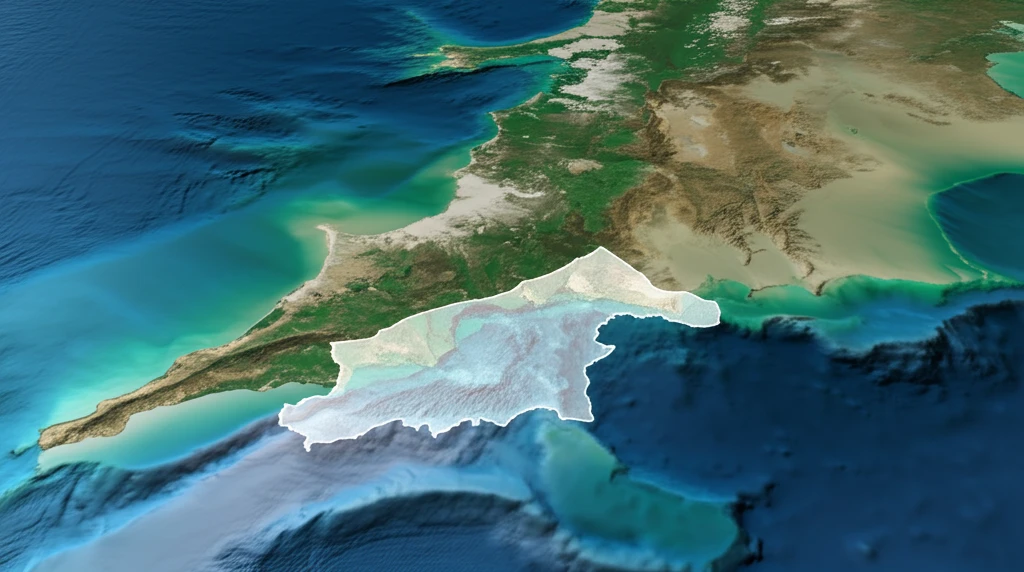
Unlocking the Seas: How Advanced Modeling is Revolutionizing Coastal Management
"Discover how cutting-edge hydrodynamic models are transforming our approach to coastal planning and resilience, offering new hope for vulnerable marine environments."
Coastal regions are hubs of human activity, facing increasing pressures from climate change, urbanization, and industrial development. Effective management of these dynamic environments requires a deep understanding of hydrodynamic processes, which govern everything from wave behavior to pollutant dispersion. Traditional methods often fall short in capturing the complexity of these interactions, leading to less effective strategies for coastal protection and resource management.
Fortunately, significant strides have been made in computational modeling, offering new tools to simulate and predict the behavior of coastal waters. Among these, coupled wave-3D hydrodynamics models stand out for their ability to integrate multiple factors influencing marine environments. These models not only enhance our understanding of coastal dynamics but also provide practical support for decision-making in critical areas.
This article delves into the innovative application of a coupled wave-3D hydrodynamics model in the Taranto Sea, Italy, showcasing how advanced modeling techniques are paving the way for more informed and sustainable coastal management practices. Discover how this technology addresses real-world challenges and sets a new standard for environmental stewardship.
The Taranto Sea Model: A Deep Dive

Researchers have successfully developed and validated a sophisticated multiscale modeling system tailored for the Gulf of Taranto in Southern Italy. This system employs a multiple-nesting approach, integrating data from large-scale oceanographic models with high-resolution coupled wave-3D hydrodynamics simulations specifically for the Mar Grande area within the Taranto Sea. The model leverages open-source numerical models and refines them to meet the unique challenges of this coastal environment.
- Large-Scale Data: Utilizing the Mediterranean Forecasting System (MFS) for broad oceanographic conditions.
- Regional Refinement: Integrating the Southern Adriatic Northern Ionian coastal Forecasting System (SANIFS) for enhanced coastal data.
- Wave Dynamics: Employing the TOMAWAC spectral module to simulate wave propagation from the Crotone buoy.
- 3D Hydrodynamics: Using the TELEMAC3D module for detailed hydrodynamic simulations in the Taranto Sea.
Looking Ahead: The Future of Coastal Modeling
The success of the Taranto Sea model underscores the potential of advanced hydrodynamics modeling to transform coastal management practices. By providing detailed and accurate predictions of marine environments, these models empower decision-makers to develop more effective strategies for protecting coastal communities and ecosystems. As technology advances and data availability increases, we can expect even more sophisticated modeling tools to play a vital role in ensuring the sustainability of our coastlines.
